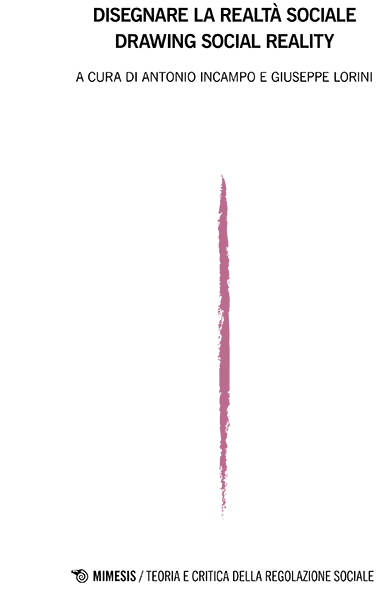Abstract
Our species has been termed “the crazy hominid” for its proclivity to spend resources constructing cultural worlds upon the natural. This treatment of drawing’s place in that begins from marks in a Paleolithic cave, recently considered Neandertal, thereby narrowing the species gap. This raises the questions of what the significance and the place such marks hold in the construction and use of aspects of cultural worlds. We approach the latter question free of terms such as “symbol”, “refer”, “stand for”, “likeness”, “convention”. In their place we take drawings to be basically artifacts, and, consulting the first of three original theorists, Michael Tomasello, argue that the very conception of artifacts involves five orders of intentionality and already a normative “we-intentionality” of social construction. Regarding our modern, industrial, physical world of artifacts, we argue that to be based on certain drawing practices: no drawing, no modern world. Lev Vygotsky’s idea of a “mediator” class of artifacts then provides conceptions for explaining how social constructions are thus based on the natural world, notably including our brains. Kendall Walton’s account of depiction in terms of imagining is applied by considering a Rembrandt drawing in the terms presented.
Keywords: Artifacts; Intentional affordances; Vygotskian mediators; Shared intentionality; Community
Index: From the Caves to Communities – Drawings as Artifacts – Artifact Perception – Signs as Display Artifacts – Vygotsky’s Sign “Mediators” – Depictive Drawing and Reality Making – “A Man-Made Dream for Waking Eyes” – Drawing Together – References

